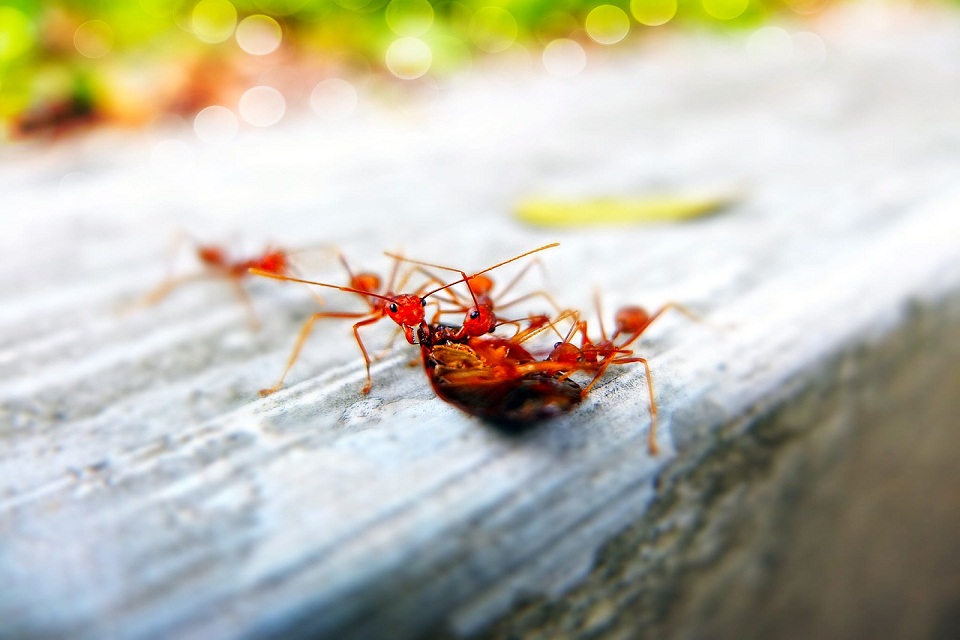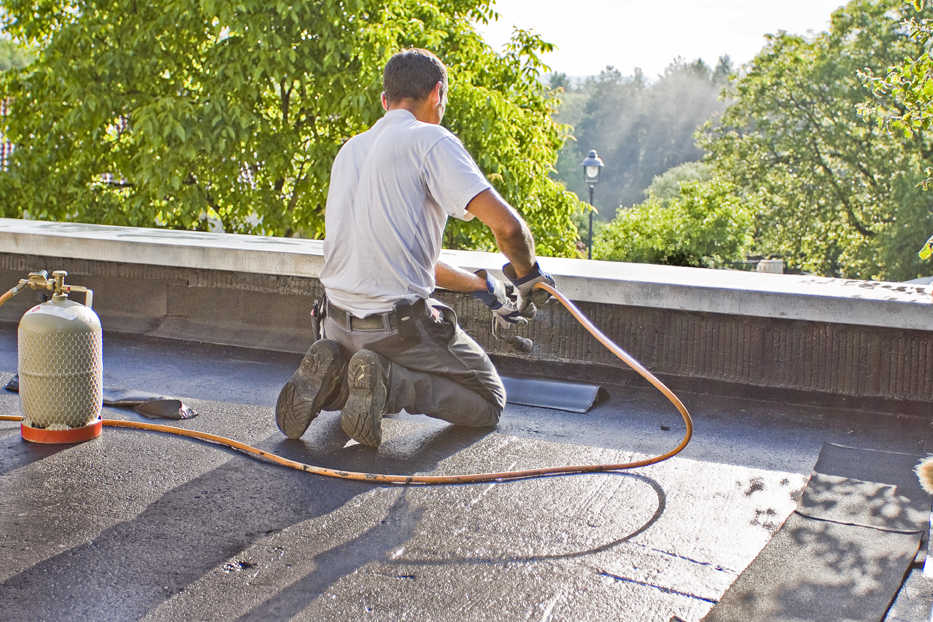Increased pest activity in the summer has been widely observed and well documented. Their patterns and habits change with the seasons where the warmer months provide ideal conditions for more prevalence and activity. Many factors contribute to this, most of which can be attributed to the state of the environs when the weather is warmer outside.
Most insects and bugs are naturally cold-blooded. They rely on the heat provided by the sun to regulate their body temperatures. Therefore, when summer comes about, warmer outside temperatures mean that they can comfortably move from place to place. The cold in wintertime makes them more sluggish and less prone to excessive movement. In most cases, these pests will breed in the winter and the springtime. As the temperature becomes warmer late in spring and into the summer, they will leave these nesting areas to seek out nourishment. Usually, at some point, pests will go into the home to get out of the heat once peak summer arrives, just as humans do.
The life cycle of certain pests like termites and ants is also affected by outside weather conditions. Reproducing while it is warm outside, will grow colony sizes to a degree. This growth serves to ascertain the continuity of the colony once the temperatures become cool once again and the insects are forced to be relatively inactive. This explains why swarms are typically observed in the summer. If you have felt as though there seem to be more insects when it is hot outside, this is more than likely a major contributing factor.
With summer come food sources in greater numbers. There is an abundance of vegetation that has been growing throughout the spring that will reach its flourishing peak period in the summer. The vegetation covers a wide variety of plants, from vegetables to flowers. The plants are a dependable source of food for pests of all kinds. Their abundance is a good draw for insects as they come out to feed to their satisfaction. Once the source of food has been exhausted, the pests will migrate to other areas in search of the same.
Summer showers and the resultant humidity can also be a significant contributor towards increased pest activity. The two will often bring about extra moisture in the environs. This moisture, combined with ideal heat conditions, then helps to create the perfect environment for shelter and the creation of new nests. In addition to the added moisture, long summer days give those insects that are dormant in the evening hours more time for feeding. You will, therefore, observe greater numbers of insects as they are not only able to feed longer, but have more daylight with which to carry out their activities.
All in all, summertime is not ideal for just us. Pests love the warmer period of the year as well and will always be present even as you attempt to enjoy outdoor activities. The trick behind minimising the adverse impact that they may have on your enjoyment is a strict pest management plan that you may have to adhere to. You should also keep a trust worthy pest control service in close proximity so that you may engage the expertise of a knowledgeable pest technician to draw on as soon as their help is required.




